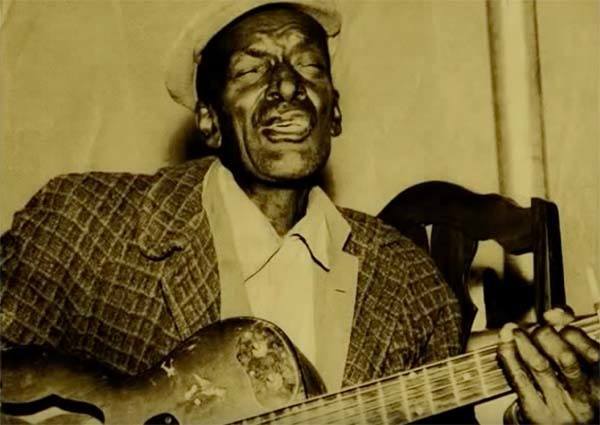Sleepy John Estes

YouTube
There are many things you can forgive your friends for. Having a rock thrown at you and blinding you is probably not one of them. That’s what happened to Tennessee-born John Estes when he was a teenager, causing him to lose sight in his right eye.
The sharecropper-turned-musician was known for his high-pitched “crying” style, but his inherited “sleepy” nickname was due to his tendency to drop off randomly during the day.
Estes was successful in the early 1930s and recorded songs for Decca, Columbia, and Bluebird, but later in the decade, he faded into obscurity and performed a handful of poorly-paid jobs, most notably as a medicine show performer with Dr. Grimm’s Traveling Menagerie — a troupe of charlatans that sold herbal remedies.
By 1940, he had lost sight in the other eye, and coupled with the assertion by blues artist Big Bill Broonzy that Estes was dead, most people forgot all about him. When the blues revivalists finally did pick him up, he was old and living in poverty, and despite an appearance at the Newport Folk Festival in 1964, he wasn’t able to recapture the vibrancy of his early years.
Blind Joe Taggart

YouTube
A devious fraudster or the product of money-grabbing capitalists? Blind Joe Taggart’s career is clouded in controversy, and differs depending on to whom you speak.
Born in South Carolina in 1892, Taggart attended a school for deaf, dumb, and blind kids, and became a traveling blues performer in the ’20s and ’30s. During some of this time, he was accompanied by an apprentice, Josh White, who referred to Taggart as “nasty, tricky [and] mean” and said he was the victim of regular beatings from his mentor.
At the time, Taggart’s records were being released under a number of “blind” pseudonyms — Blind Joe Taggart, Blind Percy, Blind Joe Donnell to name a few. The practice of recording under different names was not unusual, and a way of making extra money when your recording name was tied to a company contract. The more controversial aspect, however, seems to be over the legitimacy of Taggart using the word “blind.”
Some people say he was born blind in one eye, White claimed he only had cataracts and could “see a little.” Either way, some felt that Taggart wasn’t fully entitled to use the prefix. Blues enthusiast John Tefteller is, however, less damning, explaining that perhaps it wasn’t entirely Taggart’s decision and more connected with studio executives hoping to make a buck.
“The labels knew they could sell more records by putting the word ‘Blind’ before the artist’s name,” Tefteller said. “Remember the state of race relations back then. Black people were considered inferior. It was awful. They were being recorded, almost exclusively, by white producers. I don’t know if these singers really wanted to call themselves ‘blind’ or not.”
We’re guessing they didn’t.
Next, read about the troubled lives of your musical favorites, like John Lennon and Bob Dylan.





